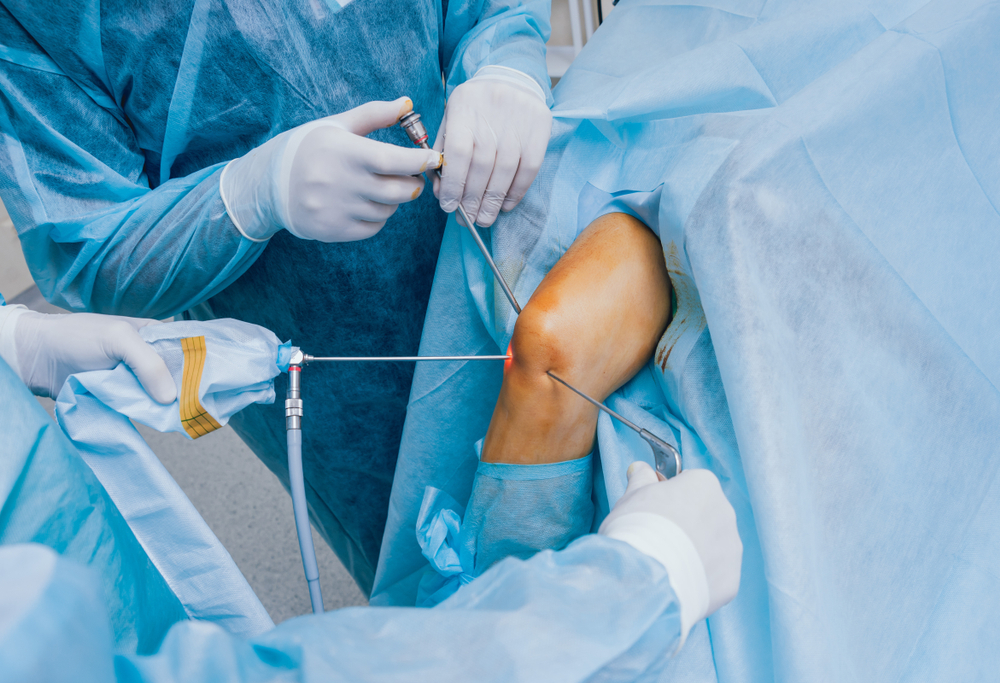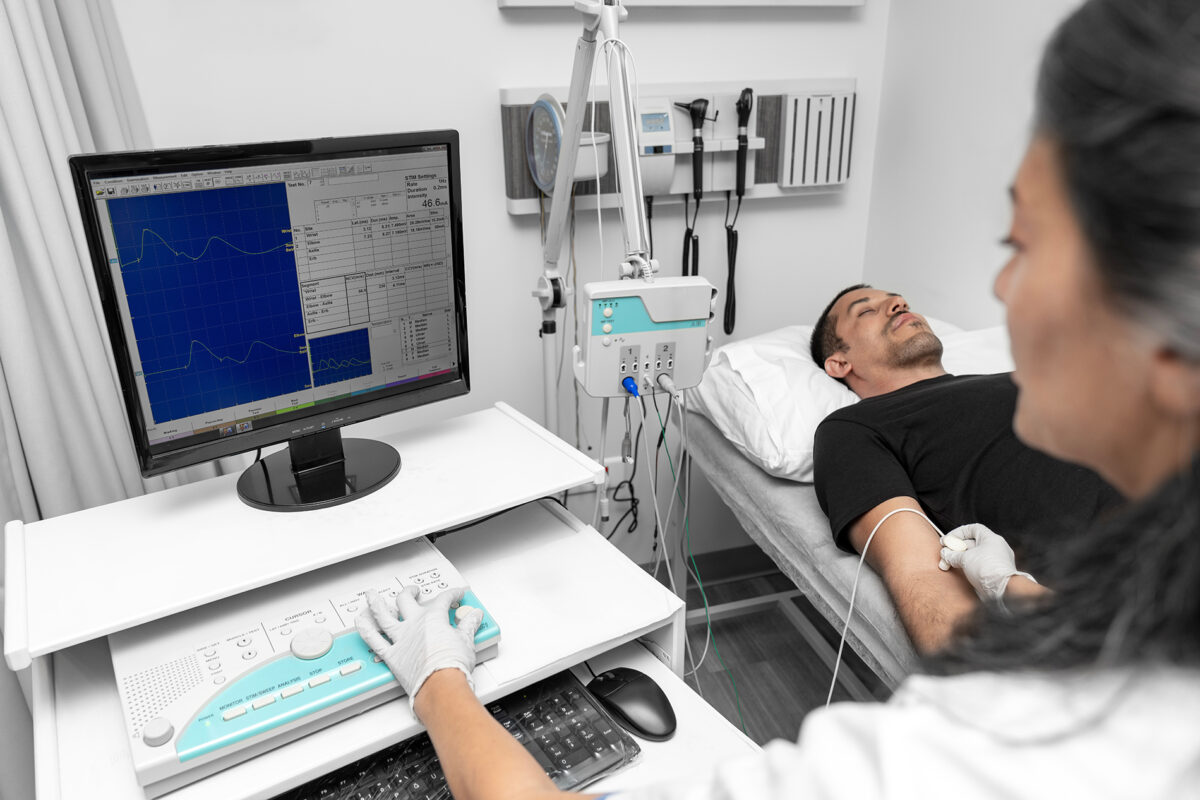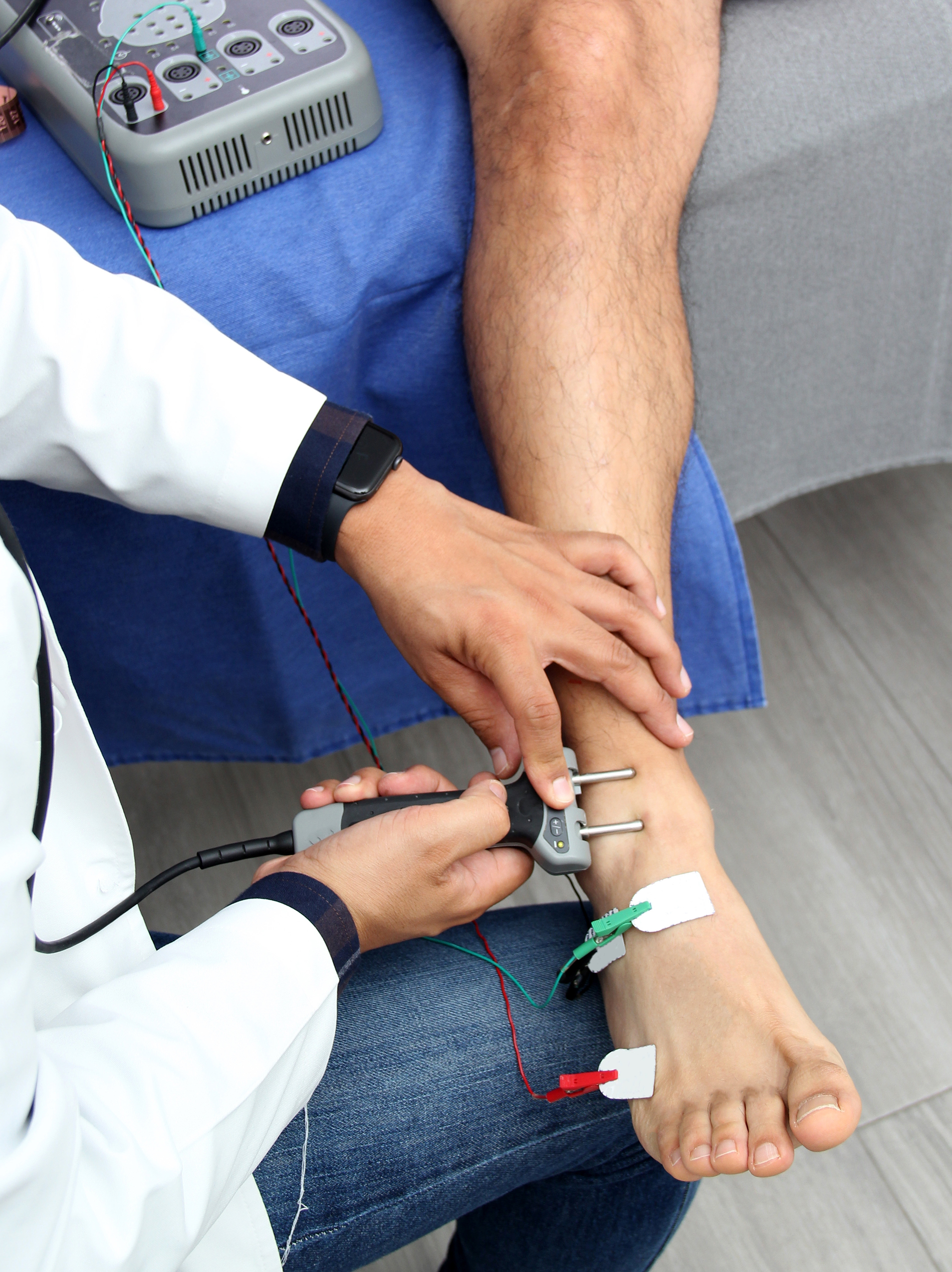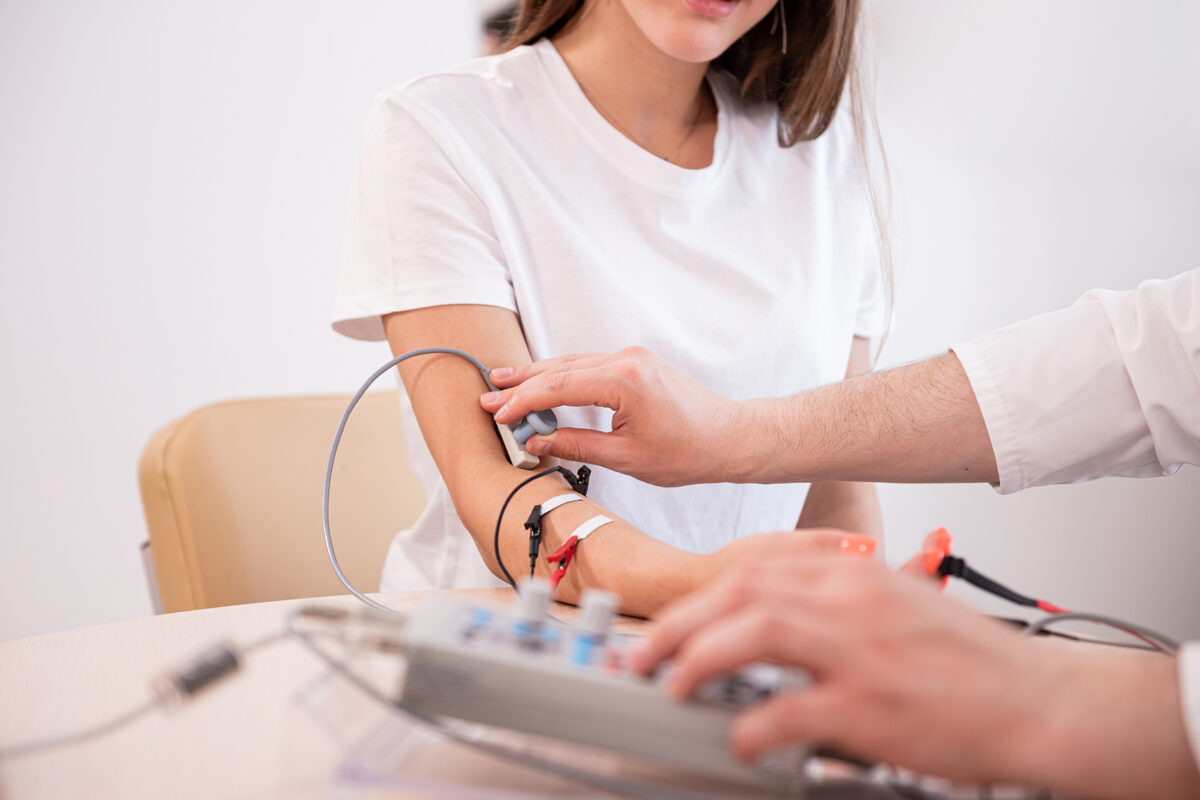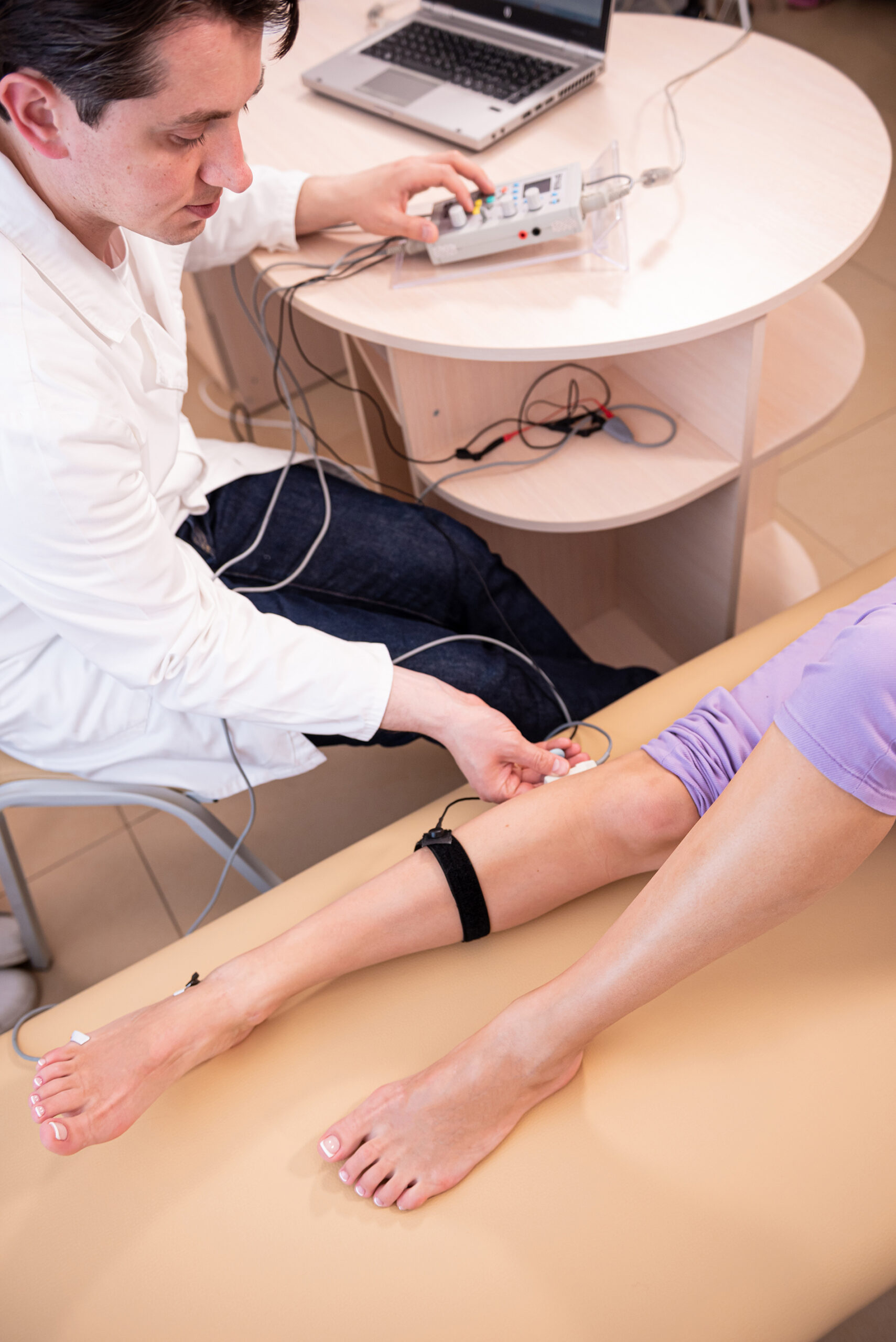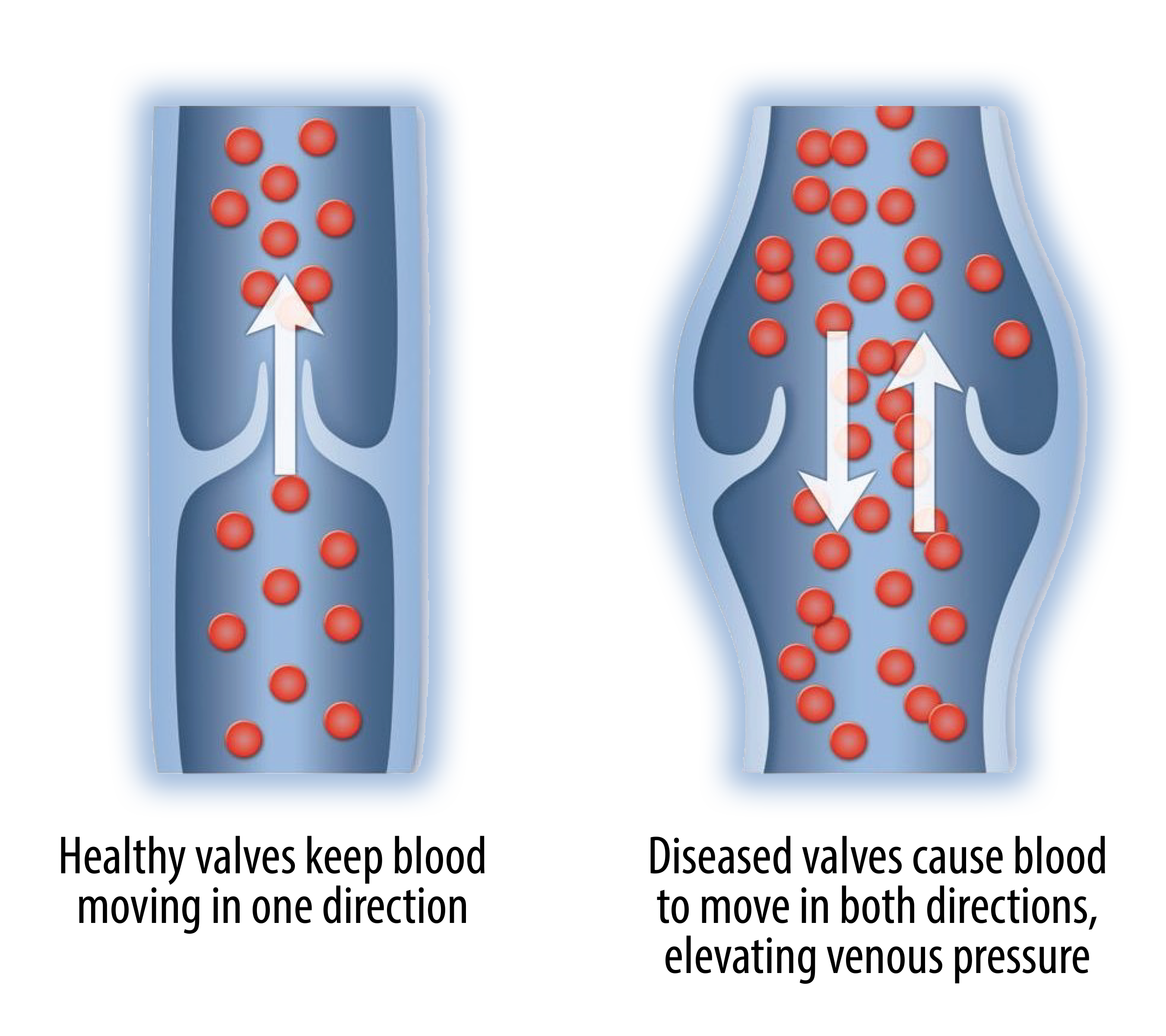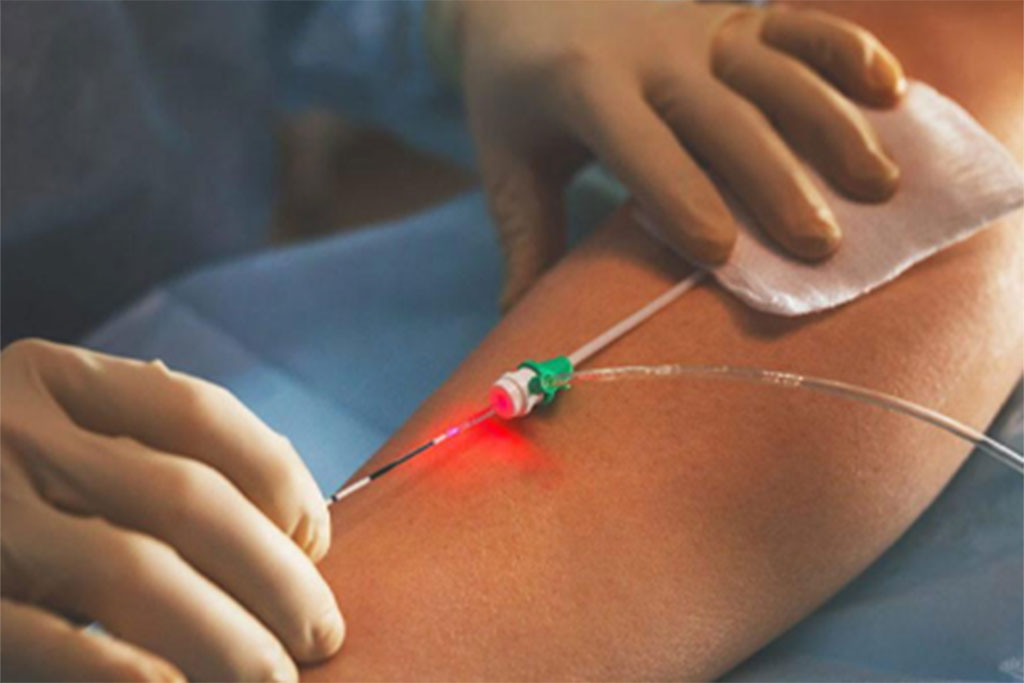Using Injections for Migraine Relief
Injections for migraines, sometimes combined with fillers, are an effective treatment for chronic migraines and severe headaches. By targeting specific nerve pathways, these injections can significantly reduce the frequency and severity of migraine attacks. Many individuals turn to this treatment to find relief from debilitating migraines that impact their daily lives.
Chronic migraines are defined as having 15 or more headache days per month, with at least eight of those being migraines. For these patients, traditional treatments may not provide sufficient relief. Injections for migraines can help by preventing the activation of pain pathways in the brain, thereby reducing the occurrence and intensity of migraines.
At Wellness and Pain, we offer specialized injection treatments for migraines, sometimes combined with fillers, tailored to meet the unique needs of each patient. Our comprehensive approach ensures that patients receive the highest quality care, helping them achieve lasting relief and improved quality of life.
How Injections for Migraines Work
Injections for migraines work by blocking the release of certain chemicals involved in the transmission of pain signals. When administered into specific muscle groups around the head and neck, these injections can prevent the muscles from contracting excessively, which is often a trigger for migraine attacks. Fillers can also be used in certain areas to provide additional therapeutic benefits and support.
Procedure and Expectations
The procedure for injections for migraines is typically quick and minimally invasive, taking about 15-30 minutes. Patients may receive multiple injections in various locations to cover all potential migraine trigger points. Most patients begin to notice a reduction in migraine frequency and severity within a few weeks after the treatment.
The effects of injections for migraines can last for several months, and regular follow-up treatments can help maintain the relief. At Wellness and Pain, we provide comprehensive care and follow-up to ensure the best possible outcomes for our patients.

Benefits of Injections for Migraines
Long-lasting Relief
One of the primary benefits of injections for migraines is the long-lasting relief they provide. Patients who suffer from chronic migraines can experience significant reductions in the frequency and intensity of their headaches, allowing them to lead more active and productive lives.
- Reduced number of migraine days per month
- Decreased intensity of migraine attacks
- Improved quality of life and daily functioning
Minimally Invasive Treatment
Injections for migraines are minimally invasive, making them a safer and more convenient option compared to more invasive procedures. The treatment is performed on an outpatient basis, with minimal downtime and low risk of complications. Patients can typically return to their normal activities immediately after the procedure.
This minimally invasive nature makes injections an attractive option for those seeking effective migraine relief without the need for extensive intervention or recovery time.
Comprehensive Pain Management
Injections for migraines are an integral part of a comprehensive pain management plan. At Wellness and Pain, we combine these treatments with other therapies, such as lifestyle modifications and preventive medications, to promote long-term relief and improved quality of life.
Our holistic approach ensures that patients receive the most effective care, addressing both the symptoms and underlying causes of their migraines. By providing comprehensive pain management services, we help patients achieve lasting relief and a better quality of life.
Conditions Treated with Injections for Migraines
Injections for migraines are primarily used to treat chronic migraines, but they can also be effective for other types of headaches. These conditions often involve recurrent, severe pain that can significantly impact a person’s quality of life. Some of the most common conditions treated with injections for migraines include:
- Chronic migraines
- Tension headaches
- Cluster headaches
- Rebound headaches
- Post-traumatic headaches
By targeting the specific muscles and nerve pathways involved in these conditions, injections can provide significant relief and improve the patient’s quality of life. Wellness and Pain is dedicated to offering effective treatments for a wide range of headache conditions, helping patients manage their pain and regain their daily activities.
Using Injections for Migraine Relief
Injections for migraines, sometimes combined with fillers, are an effective treatment for chronic migraines and severe headaches. By targeting specific nerve pathways, these injections can significantly reduce the frequency and severity of migraine attacks. Many individuals turn to this treatment to find relief from debilitating migraines that impact their daily lives.
Chronic migraines are defined as having 15 or more headache days per month, with at least eight of those being migraines. For these patients, traditional treatments may not provide sufficient relief. Injections for migraines can help by preventing the activation of pain pathways in the brain, thereby reducing the occurrence and intensity of migraines.
At Wellness and Pain, we offer specialized injection treatments for migraines, sometimes combined with fillers, tailored to meet the unique needs of each patient. Our comprehensive approach ensures that patients receive the highest quality care, helping them achieve lasting relief and improved quality of life.
How Injections for Migraines Work
Injections for migraines work by blocking the release of certain chemicals involved in the transmission of pain signals. When administered into specific muscle groups around the head and neck, these injections can prevent the muscles from contracting excessively, which is often a trigger for migraine attacks. Fillers can also be used in certain areas to provide additional therapeutic benefits and support.
Procedure and Expectations
The procedure for injections for migraines is typically quick and minimally invasive, taking about 15-30 minutes. Patients may receive multiple injections in various locations to cover all potential migraine trigger points. Most patients begin to notice a reduction in migraine frequency and severity within a few weeks after the treatment.
The effects of injections for migraines can last for several months, and regular follow-up treatments can help maintain the relief. At Wellness and Pain, we provide comprehensive care and follow-up to ensure the best possible outcomes for our patients.

Benefits of Injections for Migraines
Long-lasting Relief
One of the primary benefits of injections for migraines is the long-lasting relief they provide. Patients who suffer from chronic migraines can experience significant reductions in the frequency and intensity of their headaches, allowing them to lead more active and productive lives.
- Reduced number of migraine days per month
- Decreased intensity of migraine attacks
- Improved quality of life and daily functioning
Minimally Invasive Treatment
Injections for migraines are minimally invasive, making them a safer and more convenient option compared to more invasive procedures. The treatment is performed on an outpatient basis, with minimal downtime and low risk of complications. Patients can typically return to their normal activities immediately after the procedure.
This minimally invasive nature makes injections an attractive option for those seeking effective migraine relief without the need for extensive intervention or recovery time.
Comprehensive Pain Management
Injections for migraines are an integral part of a comprehensive pain management plan. At Wellness and Pain, we combine these treatments with other therapies, such as lifestyle modifications and preventive medications, to promote long-term relief and improved quality of life.
Our holistic approach ensures that patients receive the most effective care, addressing both the symptoms and underlying causes of their migraines. By providing comprehensive pain management services, we help patients achieve lasting relief and a better quality of life.
Conditions Treated with Injections for Migraines
Injections for migraines are primarily used to treat chronic migraines, but they can also be effective for other types of headaches. These conditions often involve recurrent, severe pain that can significantly impact a person’s quality of life. Some of the most common conditions treated with injections for migraines include:
- Chronic migraines
- Tension headaches
- Cluster headaches
- Rebound headaches
- Post-traumatic headaches
By targeting the specific muscles and nerve pathways involved in these conditions, injections can provide significant relief and improve the patient’s quality of life. Wellness and Pain is dedicated to offering effective treatments for a wide range of headache conditions, helping patients manage their pain and regain their daily activities.
Choosing Wellness and Pain for Migraine Treatments
At Wellness and Pain, we are committed to providing the highest quality care for patients seeking relief from chronic migraines and headaches. Our team of experienced professionals is dedicated to delivering personalized treatment plans tailored to the unique needs of each patient.
We utilize state-of-the-art diagnostic tools and techniques to ensure the accurate placement of injections, maximizing their effectiveness and minimizing potential complications. Our comprehensive approach to pain management ensures that patients receive the most effective care, addressing both the symptoms and underlying causes of their headaches.
Our commitment to patient-centered care means that we prioritize the comfort and well-being of our patients throughout the treatment process. From initial consultation to follow-up care, we strive to provide a supportive and compassionate environment where patients can feel confident in their treatment journey.
Wellness and Pain is dedicated to helping patients achieve lasting relief from chronic migraines and headaches through advanced injections and comprehensive care. Contact us today to learn more about our services and how we can help you achieve a pain-free life.











